Results
-
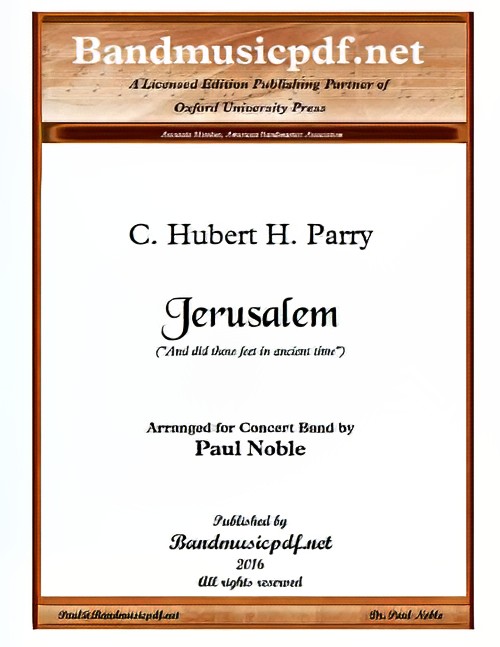 £75.00
£75.00Jerusalem (Concert Band - Score and Parts) - Parry, Hubert C. - Noble, Paul
Possibly the most English of all hymns, Jerusalem, with words by William Blake and Music written by Sir Charles Hubert Hastings Parry, by many is considered to be the unofficial anthem of England. Interestingly, by some within the Church, Jerusalem they say is in fact not a hymn due to it not being a prayer or praising God. As such it has been removed from hymn lists, most notably at Southwark Cathedral.
Estimated dispatch 7-14 working days
-
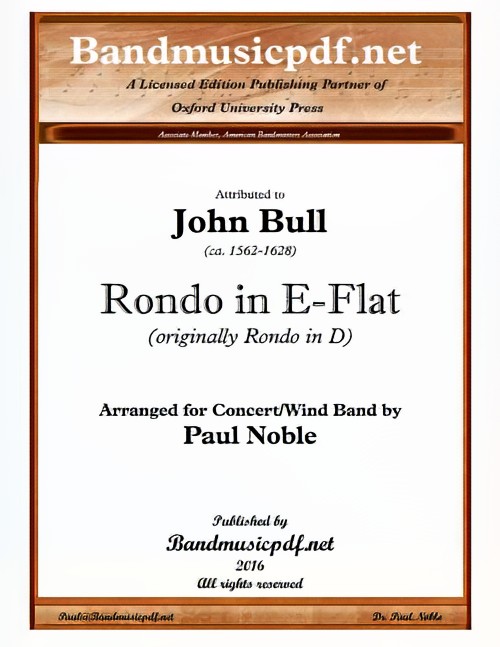 £75.00
£75.00Rondo in E flat (Concert Band - Score and Parts) - Bull, John - Noble, Paul
This arrangement for Concert Band is based on the organ adaptation (Rondo in D) of the string orchestration (Rondo in G). Regardless of the key, it is a delightful piece representing music of the late Renaissance that recalls the English folk dances of an earlier century. An excellent teaching piece for 6/8 meter and rondo form, this presentation in E-flat falls comfortably under the fingers of band instrumentalists. The music is attributed to John Bull, but may have been written much later by noted organist, Richard Ellsasser.
Estimated dispatch 7-14 working days
-
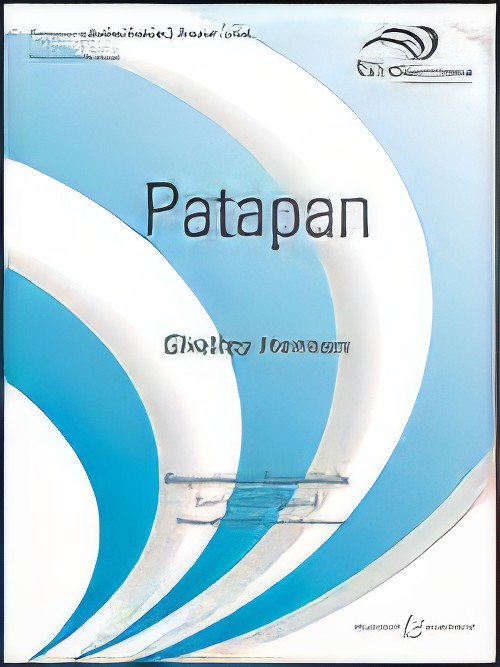 £65.00
£65.00Patapan (Concert Band - Score and Parts) - Hanson, Shelley
Two famous Christmas melodies - the French carol Patapan and the English God Rest Ye Merry Gentlemen - are memorably bound together in this selection, with percussion evoking the traditional Irish bodhran drum. A smart and sprightly addition to your next holiday performance! Duration: 3:15
Estimated dispatch 7-14 working days
-
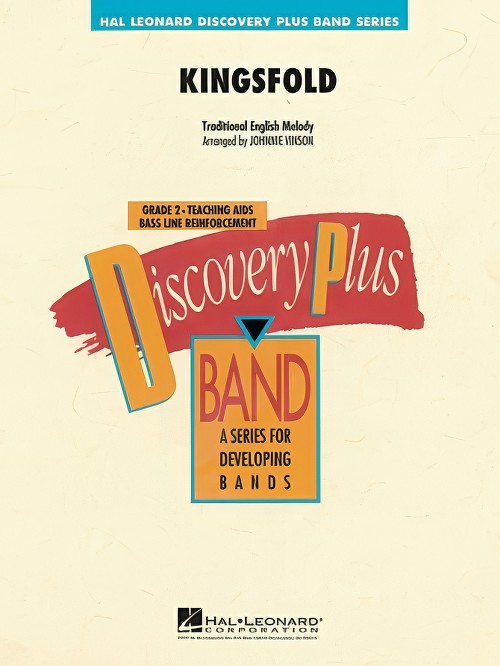 £42.50
£42.50Kingsfold (Concert Band - Score and Parts) - Vinson, Johnnie
The haunting melody of this traditional tune likely dates to the Middle Ages, and was published by British composer Ralph Vaughan Williams in the 1906 English Hymnal. Freely adapted by Johnnie Vinson in this setting for young bands, the minor melody is stated first by low clarinets and horns. The next section introduces an original theme, which is then combined with the first melody in the moving final section. Beautifully paced and scored largely in choral fashion, this is a wonderfully fresh and unique offering.
Estimated dispatch 7-14 working days
-
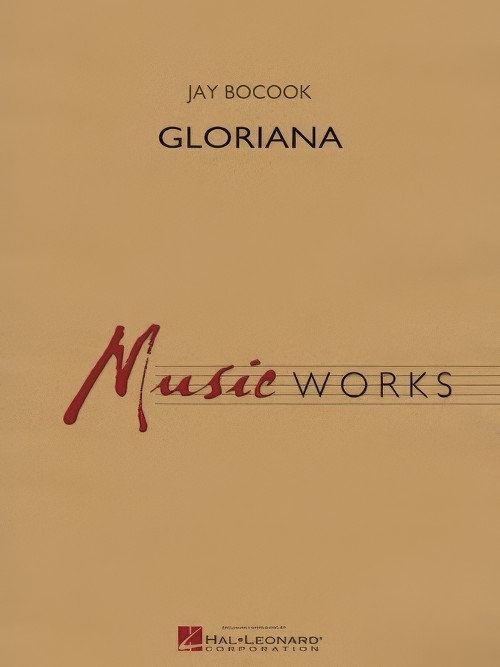 £79.99
£79.99Gloriana (Concert Band - Score and Parts) - Bocook, Jay
Commissioned by Furman University for the inauguration of its 12th president, Jay Bocook's Gloriana is based on The Faerie Queene, an incomplete English epic poem written by Edmund Spenser and dedicated to Queen Elizabeth I. In the poem, Queen Elizabeth is represented as the faerie queene herself, Gloriana. This stately work for winds and percussion has a regal quality enhanced by soaring melodies and punctuated with fanfare-like brass figures. The optional organ part provides an added dimension to the overall uplifting effect.Duration: 3:20
Estimated dispatch 7-14 working days
-
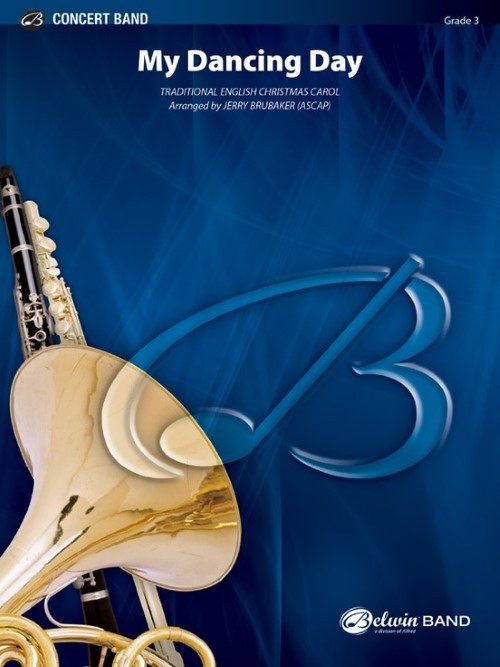 £64.50
£64.50My Dancing Day (Concert Band - Score and Parts) - Brubaker, Jerry
Tomorrow Shall Be My Dancing Day is an English carol whose appearance is in William B. Sandys' Christmas Carols Ancient and Modern published in 1833. Many composers and arrangers have done vocal settings of this carol. Here's a stunning arrangement of this lovely carol. It is joyful, lilting, and upbeat, and even has a Latin flavour! A sure winner for any holiday concert!Duration: 1.45
Estimated dispatch 7-14 working days
-
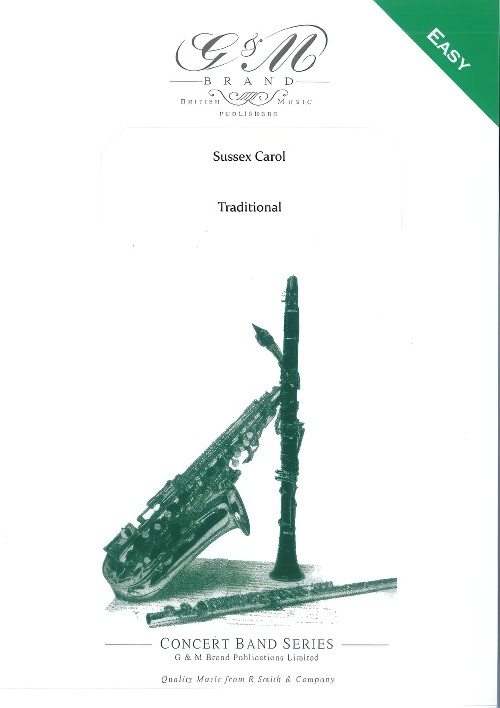 £49.95
£49.95Sussex Carol (Concert Band - Score and Parts) - Brand, Michael
The Sussex Carol?is a popular English Christmas carol that is sometimes referred to by its first line On Christmas night all Christians sing.
Estimated dispatch 7-14 working days
-
 £9.95
£9.95Sussex Carol (Concert Band - Score Only) - Brand, Michael
The Sussex Carol?is a popular English Christmas carol that is sometimes referred to by its first line On Christmas night all Christians sing.
Estimated dispatch 7-14 working days
-
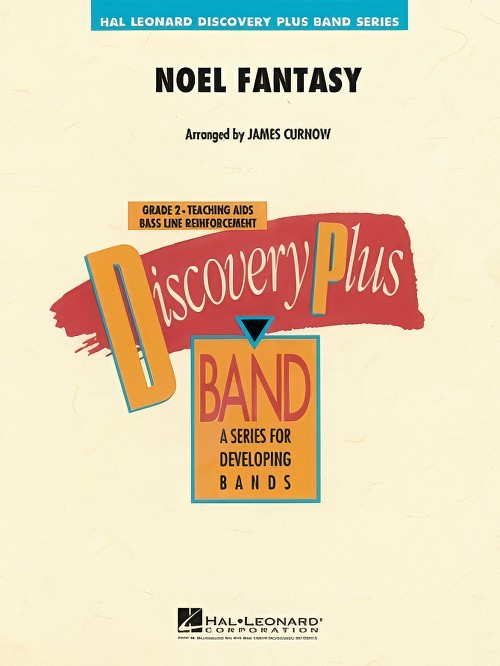 £53.50
£53.50Noel Fantasy (Concert Band - Score and Parts) - Curnow, James
Here is a joyous celebration of the Christmas season featuring two familiar uptempo carols; the traditional French carol Noel Nouvelet and the 17th-century English carol The First Noel. James Curnow skilfully uses a set of variations and contrasting musical styles in weaving both tunes into an appealing and uplifting setting, perfect for any holiday concert.
Estimated dispatch 7-14 working days
-
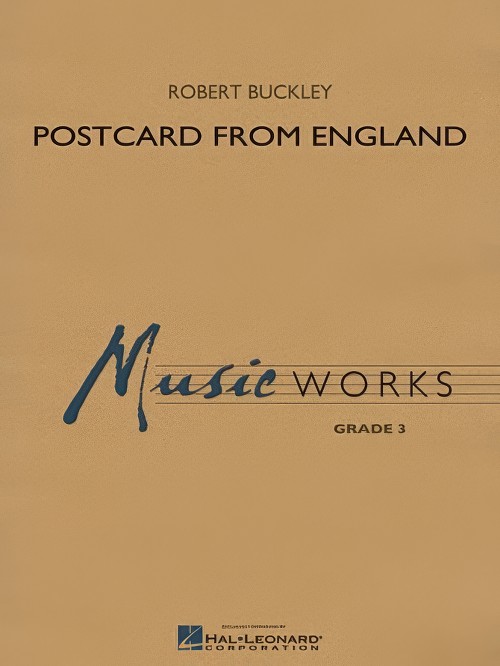 £60.99
£60.99Postcard from England (Concert Band - Score and Parts) - Buckley, Robert
Postcard from England depicts a trek across the English countryside, with its gently rolling hills, thatched cottages, stately homes, castles and cathedrals. From the catchy walking theme featuring the low brass, percussion and woodwinds to the elegant stately theme reminiscent of the British brass band sound, every section in the band is featured. Tuneful and descriptive, take your audience on a scenic tour of this historic and charming part of the world!Duration: 3:45
Estimated dispatch 7-14 working days
